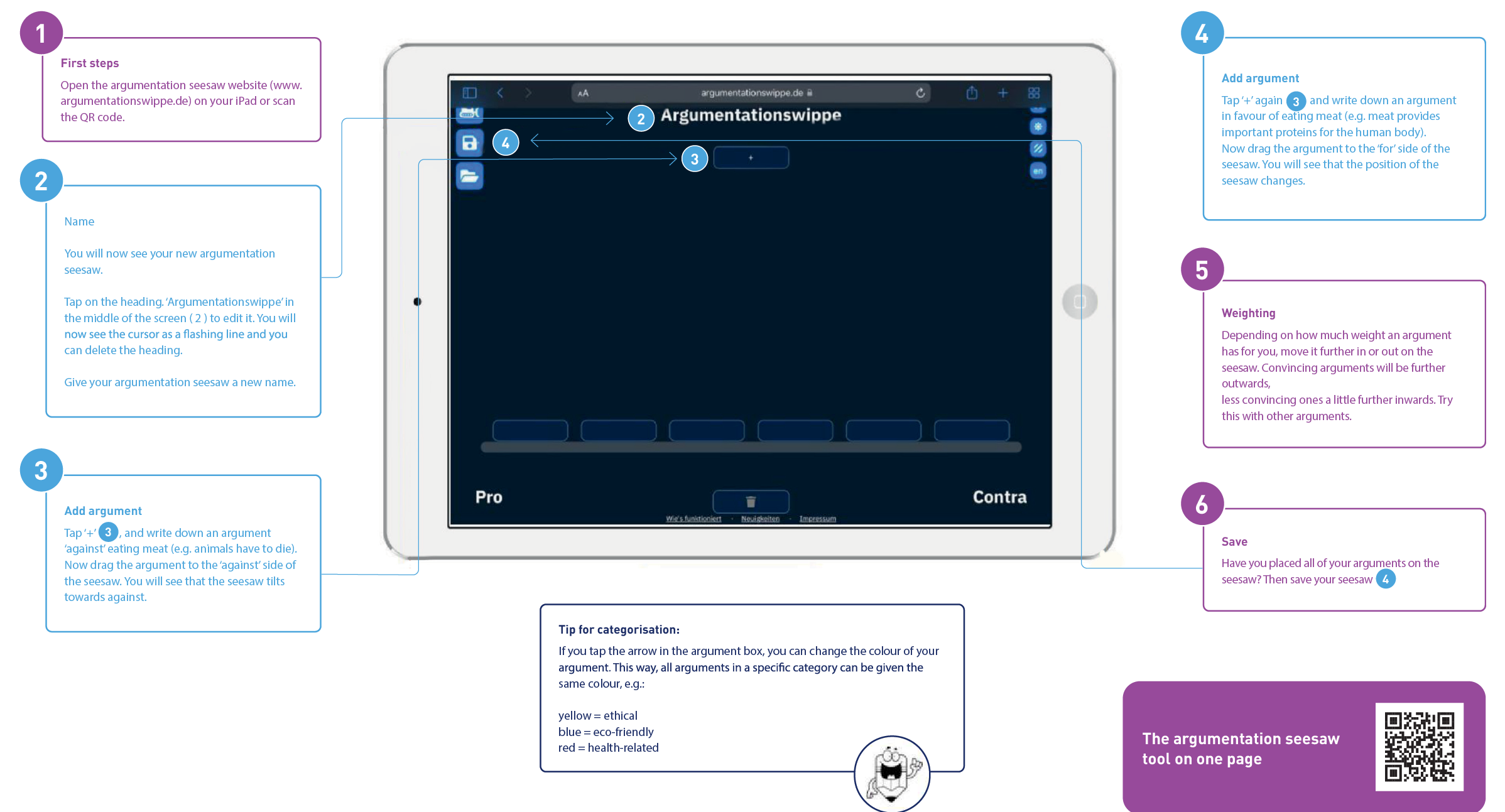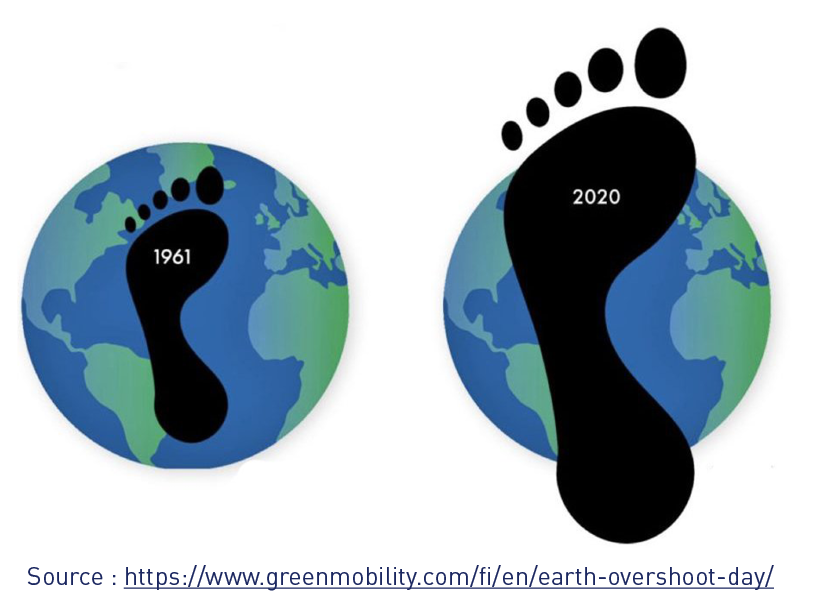Climate Killer Internet
2#Climate Killer Internet

2.3 Materials
This text has been adapted from the script of the German video ‘Klimakiller Smartphone’? (https://www.youtube.com/watch?v=1FjCZP_BmrA) by the WDR broadcasting institution. It is a highly abbreviated and linguistically simplified version of the script.
Your phone consumes energy while it is turned on. You consume a particularly large amount of electricity when using mobile data, such as for chatting, sharing photos or commenting on them on social networks, or for watching videos on YouTube.
This electricity is generated mostly from coal or natural gas. CO2 is produced during the process. CO2 stands for carbon dioxide. It is harmful to the climate. The power that the mobile phone needs is not the biggest problem. Much more electricity is consumed in huge data centres, which are needed for the internet. A data centre contains hundreds of special computers, also called servers. These servers operate around the clock, because all of the data on the internet runs through servers based all over the world. No matter what you do on the internet, the data always passes through several data centres. When you visit a webpage, when you send a picture to a friend, or when you stream a cat video.
A data centre consumes as much electricity as a small town. This is partly because all of the servers have to be cooled 24/7. If they are not cooled, they overheat and break down. Cold air from huge air-conditioning units is therefore pumped into the server room continuously.
In fact, every year we consume more and more electricity for the internet, which means we also produce more CO2. This is mainly down to the fact that we are uploading and downloading ever larger volumes of data over the internet. All of this data has to be stored on servers. Video files account for most of it by some distance.
Because the files are so big, they require a lot of space on the servers and therefore use more energy when being sent and received. Watching a video for just half an hour causes as much CO2 as driving a car for ten minutes. On YouTube alone, 80,000 hours of new videos are uploaded every single day. We want to watch our videos in the best quality, in HD or even in Ultra HD. However, a video in UHD quality is more than twice the size of a normal HD video. This requires more storage space and computing power and, in turn, more energy.
It can therefore be seen that all users consume energy with their smartphones and tablets when streaming or gaming, for example. So the more you use the internet on your mobile phone, the more electricity will be consumed overall.
But the internet and the massive data volumes are only one part of the problem. The other is our equipment. This is because a lot of CO2 is also released when devices such as smartphones and laptops are manufactured. Valuable raw materials are needed to make these devices. And large areas of primary forest have to be cleared to obtain the raw materials. This is a problem, since these woodlands are home to many endangered animals and are also extremely important for our climate.
When using the internet, there are a few things you can do to protect the climate:
- The video resolution when streaming: When you stream videos on your mobile, the resolution (i.e. the picture quality) makes a big difference. Do you always need to watch in Ultra HD? Or could you maybe watch the video in a lower resolution?
- Use WiFi instead of mobile data: Connect to the WiFi network if possible. This uses much less data – and therefore less energy – than the mobile network.
- Delete photos: Sort out your old photos from time to time. Your mobile will often save the photos in a cloud on the internet. Every deleted photo saves storage space and therefore energy as well.
- Use an external storage device: Data that you don’t need very often, but you don’t want to delete either, can be stored on external storage devices instead of backing them up online. This also saves energy.






